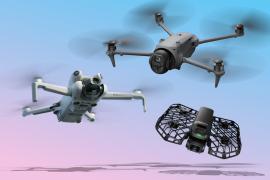From the Phantom drone to Hollywood: 10 years of DJI innovation
DJI has played a pivotal role in the drone phenomenon. Here’s how it brought aerial imaging to the masses – and what’s coming next
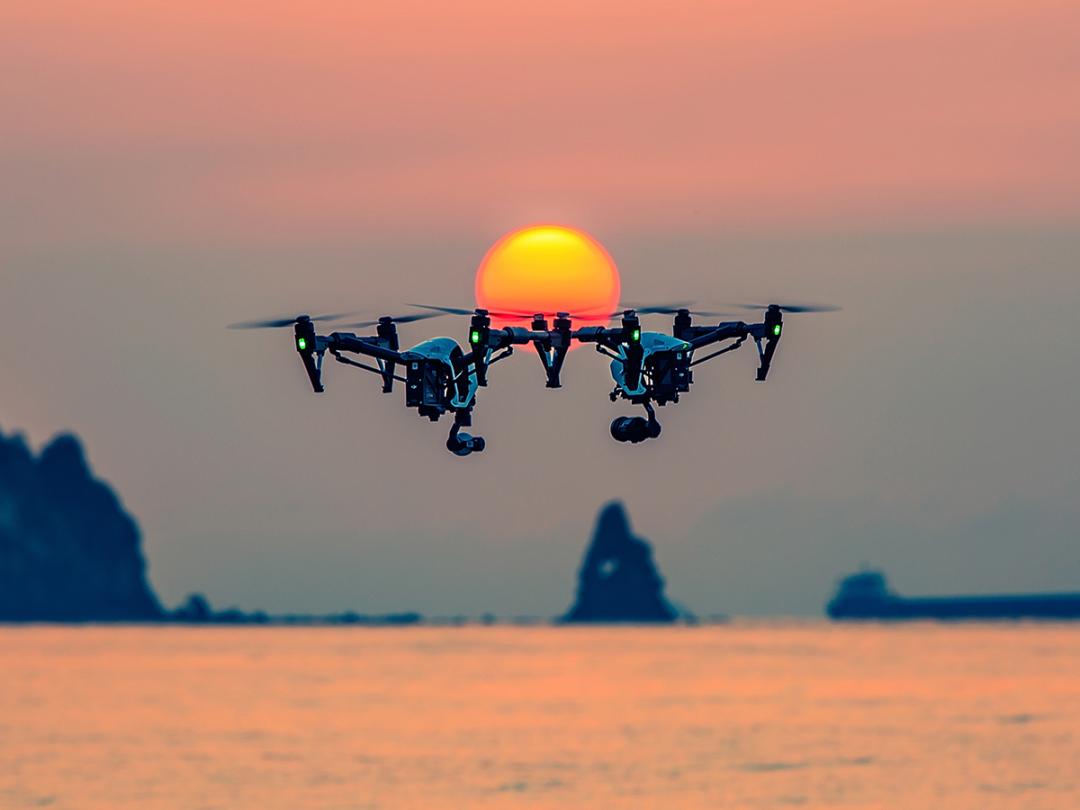
Those ‘how did they do that?’ tracking shots. Those incredible top-down views. Those impossible crane shots that start zoomed in and fly up to a thousand feet in seconds.
These days, we see aerial imaging everywhere. Many of us capture it ourselves. Its rise has been swift and its impact has been profound, and it’s in a large part thanks to a dynamic brand called DJI: a now-global company that expanded rapidly from its origins in Hong Kong to become leader of the market it created.
The company’s history of innovation since its 2006 inception has aimed to spark the imagination; its drones, cameras, accessories and a host of related technology have since cemented DJI’s place in everything from professional cinematography to rethinking the future of food production.
Now DJI is celebrating its transformative effect on aerial photography with coffee table book Above the World: Earth Through a Drone’s Eye. But more on that later; let’s first explore some ways in which DJI has changed how we see the world.
Top image // Photographer: Cai Dicheng // From: Above the World: Earth through a Drone’s Eye
The Phantom revolution
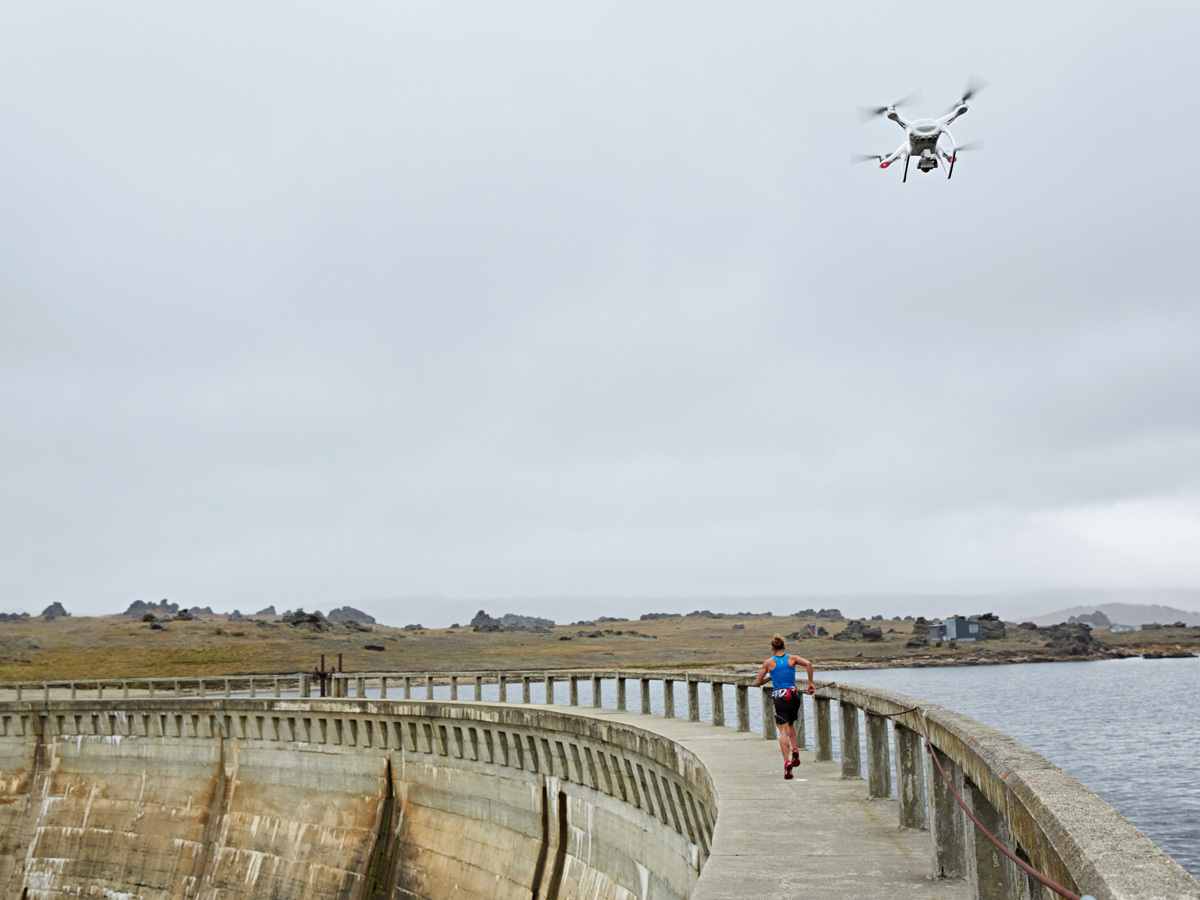
DJI founder Frank Wang built the first flight controller – or autonomous flight computer – capable of circling a remote helicopter autonomously around Mount Everest. That led to the formation of DJI as a company, and then on to one of the world’s most popular DIY drone building kits, as well as professional film-making drones. But it was 2013’s Phantom that brought flying cameras to the masses – and ushered in a new era in aerial imaging.
The Phantom was designed with usability and accessibility in mind: ready to fly; easy to operate. The aim was for anyone to capture footage you’d see in movies and normally need a helicopter for.
With each revision, DJI added features to help refine the art of aerial imaging: remote manual camera controls; camera remote-tilt; return to home; higher resolutions; high-precision sensors; longer flying times; enhanced aerodynamics; the world’s first MFT camera built specifically for aerial photography; and more.
The Phantom 4 is designed to be smarter still, with sophisticated obstacle awareness and tracking features. This further enables the operator to think creatively, without worrying that their drone will fly into a tree.
The professional touch
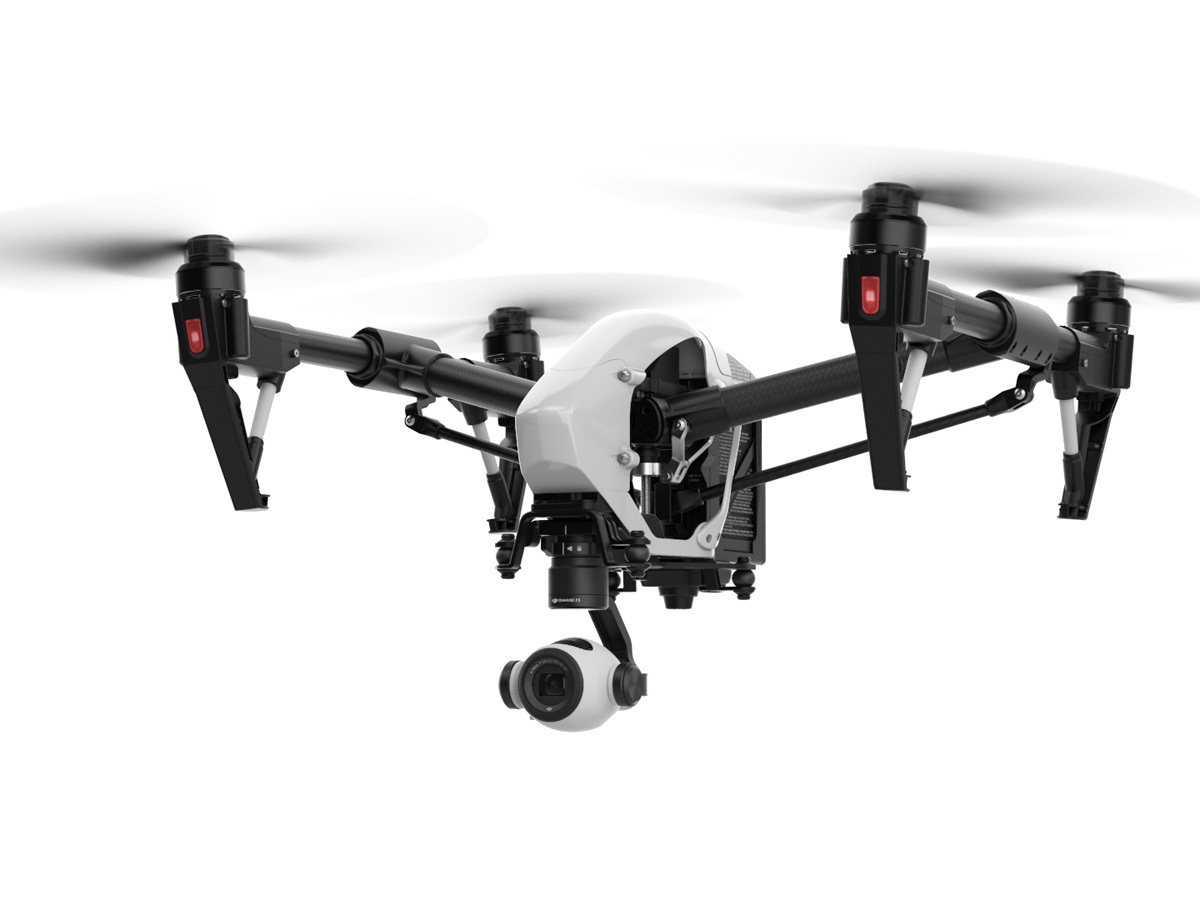
But DJI isn’t just the Phantom. Other drones include the Inspire 1, packed full of advanced technology, and with a transforming design that retracts the carbon fibre arms for an unobstructed camera view. With a range of supported cameras, it makes Hollywood-level filmmaking technology easily portable. The S1000 octocopter is similarly designed for high-level professional aerial photography and cinematography, and remains stable even if it loses a rotor.
Then there’s the Matrice 600. Another drone designed for professional aerial imaging (as well as industrial applications), it’s capable of carrying the Ronin-MX camera stabilization system, which means it can be used with Hollywood-standard cameras from the likes of RED and ARRI.
Given that many drones are used for sweeping, silky smooth camera shots, DJI’s spent years honing stabilisation and camera hardware, resulting in product lines independent of – but compatible with – its drones.
The Zenmuse brand houses a range of gimbals and cameras, including the X5 series, which DJI says is the world’s only MFT camera built specifically for aerial photography. Paired with a three-axis stabilisation gimbal, its large sensor and compatibility with a huge variety of lenses allows for dramatically improved image quality combined with simple setup. And then there’s the Z3, DJI’s first integrated aerial zoom camera. Instead of flying closer to a subject, you can maintain your distance and zoom – ideal for everything from snapping skittish wildlife to firefighting to inspection.
In the movies
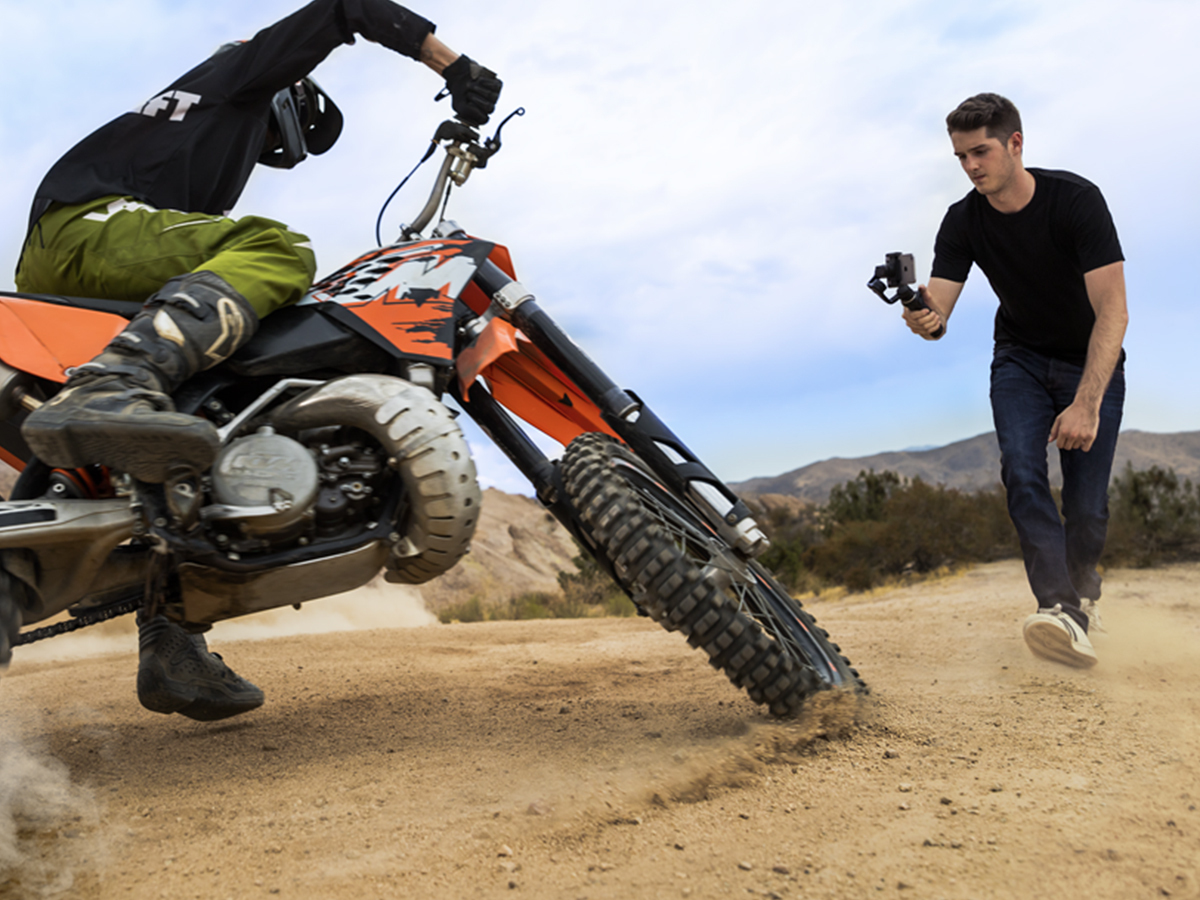
DJI’s camera and gimbal smarts have also helped the company find favour in filmmaking and television. Its Ronin handheld camera stabiliser is designed to boost precision control when shooting. Compatible with a range of camera sizes – all the way up to the 5K RED EPIC – it also has a two-operator remote option, so one person can move the camera around the set and another controls camera movement.
The Osmo series aims to bring these cinematographer-level stabilization capabilities to everyone. This smart motion camera is designed to open up new possibilities for creative angles and tracking shots, particularly with its easy-to-use stabilisation systems. By anticipating how you want the camera to move and adapting to subtle movements, the Osmo offers professional-level stabilisation without a need for the training required to get the best out of traditional systems. Paired with the DJI GO app, you can use it to automatically track subjects, capture motion timelapses and even livestream video.
And that’s not all for mobile devices. DJI has recently expanded where you can use its technology with Osmo Mobile, which turns your smartphone into a smart motion camera. As well as steadying any movie you shoot, it can be used to capture smooth time-lapse movies and long exposures without a tripod, and you can stream your silky footage direct to YouTube and Facebook Live. ActiveTrack technology can ensure your smartphone’s screen is always facing you, too, so you can interact with your subjects without missing a beat of footage.
Imagining the future
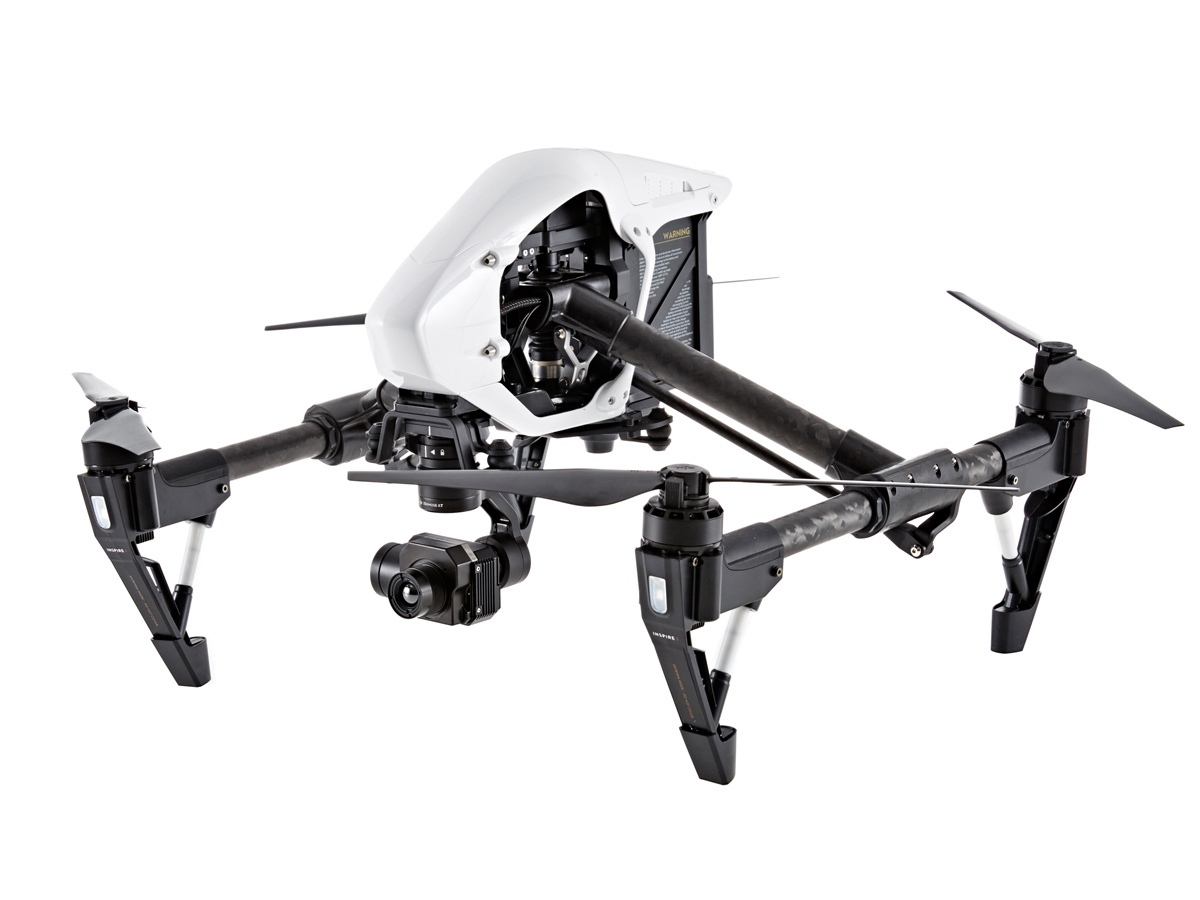
A decade ago, the notion of consumer-friendly drones for capturing footage associated with Hollywood blockbusters was outlandish; but this is now within the grasp of anyone armed with DJI equipment. So where will DJI and its drones be ten years from now?
Most likely, everywhere. The company has laid groundwork for the future of drones and cameras, with an eye beyond photography and cinematography.
The Matrice 100 fully customisable and programmable flight platform is designed to appeal to developers researching the cutting-edge of flight technology. Elsewhere, DJI states its Agras MG-1 octocopter crop-spraying drone is 40 times more efficient than manual spraying. And the Zenmuse XT camera offers thermal imaging.
A drone’s eye view

Photographer: Elia Locardi // From: Above the World: Earth through a Drone’s Eye
Today, though, empowering photographers and cinematographers remains a key DJI goal – and Elia Locardi’s experience reveals why. In Italy, the landscape photographer was flying his Phantom when a middle-aged woman stopped dead on seeing the live feed. “I’ve lived here all my life,” she said, “but have never seen my city look as beautiful.”
This thinking reinforced Locardi’s belief about aerial photography and videography devices being able to “capture a new perspective of the world”. And it informs ‘Above the World: Earth Through a Drone’s Eye’, a coffee-table book packed with aerial photographs captured using DJI flying platforms.
The book takes readers on a journey through landscapes around the world, captured by Locardi and other leading photographers, including George Steinmetz, Cameron Davidson and Trey Ratcliff. It also features non-professional photographers from DJI’s SkyPixel community, showing that with the right tools, beautiful aerial photography can be captured by anyone.
To find out more about DJI, click here.

